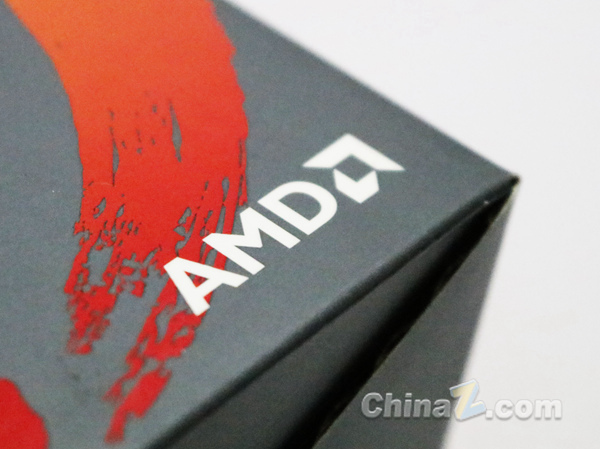U.S. Energy Dept. and AMD Partner on $1B Supercomputing Deal
U.S. Energy Dept. and AMD Partner on $1B Supercomputing Deal
Washington, D.C. — The U.S. Department of Energy (DOE) and Advanced Micro Devices (AMD) have finalized a landmark $1 billion partnership to develop two cutting-edge supercomputers designed to advance research in critical scientific fields, including nuclear energy, cancer treatment, and national defense.

Accelerating Scientific Breakthroughs
Energy Secretary Chris Wright emphasized the transformative potential of the collaboration during a joint press conference with Lisa Su, CEO of AMD. "These supercomputers will provide unprecedented computational power," Wright stated. "They will enable us to process vast datasets from complex experiments, accelerating progress in fusion energy research, defense technology, and pharmaceutical development."
The first system, dubbed "Lux," is slated for completion within six months. It will be powered by AMD's MI355X AI chips, integrated with the company's CPUs and networking hardware. A consortium including Hewlett Packard Enterprise, Oracle Cloud Infrastructure, and Oak Ridge National Laboratory will oversee its deployment.
"The speed at which 'Lux' is being deployed is unparalleled," Su remarked. "It underscores America's commitment to maintaining leadership in AI and high-performance computing."
Next-Generation Computing Power
The second supercomputer, "Discovery," is scheduled for delivery in 2028 and operational by 2029. Built around AMD's next-gen MI430 series AI chips, it promises significantly enhanced performance tailored for high-performance computing (HPC) workloads.
The DOE will host both systems while collaborating companies contribute funding and hardware resources. The partnership includes shared access to computing capabilities—a model that could set a precedent for future public-private collaborations in scientific research.
Strategic Implications
The initiative aligns with broader federal efforts to bolster U.S. competitiveness in strategic technologies. Wright highlighted AI-driven advancements in fusion energy as a near-term priority: "With these resources, we expect tangible breakthroughs in fusion utilization within two to three years."
The supercomputers will also support:
- Cancer research: Enabling faster analysis of genomic data.
- National security: Enhancing simulations for defense applications.
- Climate science: Modeling complex environmental systems.
Key Points:
💰 $1B investment: DOE and AMD collaborate on two supercomputers. 🚀 "Lux" deployment: Operational within six months for nuclear/health research. 🖥️ "Discovery" timeline: Expected by 2028–2029 with upgraded AI chips.